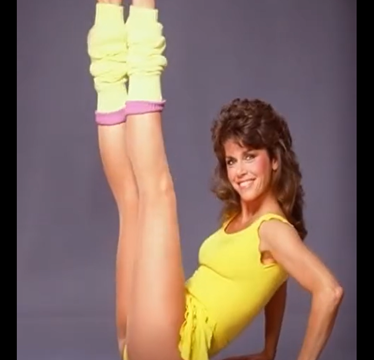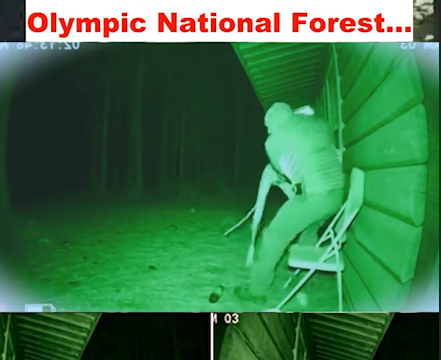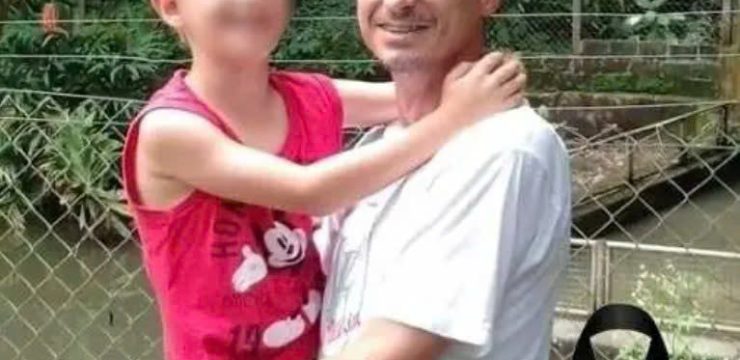It began like every other exhausting business trip — too many airports, endless lines, and the heavy fatigue that comes from chasing connections and watching clocks. After twelve long hours of layovers, bad coffee, and crowded terminals, I finally boarded my last flight home. The cabin lights dimmed as the world outside faded into dusk, and I buckled in with a sigh of relief. For the first time that week, I thought I might actually get a moment of peace. But peace, it turned out, wasn’t part of my flight plan that night.

The trouble began quietly, the way small annoyances often do. Behind me sat a boy who couldn’t have been more than seven years old. His voice carried a contagious energy — the kind of unfiltered enthusiasm only kids have before life teaches them restraint. He peppered his mother with endless questions, one after another: “Why do clouds move?” “Can airplanes race each other?” “Do birds ever get tired?” At first, I smiled to myself. It was pure innocence, curiosity at its finest. But ten minutes later, as his chatter continued nonstop, my appreciation began to wear thin. The hum of the engines mixed with his constant voice, creating a soundtrack to exhaustion. And then came the first kick.
It was a light tap at first, almost easy to ignore. Then another. Then another — rhythmic, steady, persistent. I tried to stay calm. Maybe it was accidental. Maybe he’d stop. But the kicking continued, gentle yet constant, like an uninvited metronome keeping time with my patience. I turned around and forced a polite smile. “Hey, buddy,” I said. “Could you please not kick my seat? I’m really tired.” His mother immediately apologized, looking embarrassed. “I’m so sorry. It’s his first flight. He’s just excited.” I nodded, trying to sound understanding. “No problem.” But five minutes later — thud. Then again. And again, harder this time.
I took a deep breath, then another. I told myself to let it go, but each kick yanked me back from the edge of sleep. I tried headphones, I tried meditation apps, even the age-old trick of pretending it didn’t exist. Nothing worked. The boy’s energy was relentless. His mother whispered something to him, he mumbled in response, and for a fleeting moment, the cabin grew quiet. Then — thud. My patience snapped a little. I turned around, my tone sharper this time. “Ma’am, please. I really need to rest.” She looked mortified. “I know. I’ve tried, but he’s just—” Another kick.
In that moment, frustration boiled in my chest. Years of business travel had taught me to control my temper — delayed flights, lost luggage, endless meetings — but there’s something uniquely maddening about being trapped in a small seat while someone repeatedly thumps the back of it. Still, as anger surged, another thought broke through: I didn’t want to be that passenger. The one who yells, who makes a scene, who becomes a viral video for the wrong reasons. So, I unbuckled my seatbelt and turned around again — but this time, I didn’t complain. I crouched down beside his seat instead.
The boy froze mid-kick, his legs suspended in midair. His eyes widened, not in fear but in curiosity. “Hey there,” I said softly. “You really like airplanes, huh?” He blinked, then grinned. “Yeah! I want to be a pilot one day! This is my first time flying!” And just like that, I understood. This wasn’t bad behavior — it was excitement. Unfiltered wonder. The kind I hadn’t felt in years. I smiled back. “That’s awesome,” I said. “You know, I can tell you a little secret about how these planes fly if you want.” His face lit up.
For the next several minutes, I told him about lift, drag, and thrust — in kid-friendly terms, of course. I described how pilots talk to air traffic control, how the wings tilt during takeoff, and how the cockpit is full of glowing buttons that help guide the plane. The kicking stopped completely. His feet hung motionless as he listened, his imagination taking flight. His mother gave me a teary smile and mouthed, “Thank you.” It was such a small thing, but it changed everything about that flight.
Later, I quietly asked a flight attendant if it might be possible for the boy to visit the cockpit after landing. She smiled and promised to ask the pilots. Two hours later, when the plane touched down and passengers began gathering their things, the captain stepped out of the cockpit and invited the boy to come take a look. His eyes widened in disbelief. His mother gasped, covering her mouth in pure joy. Before he followed the captain forward, he turned to me and whispered, “Thank you.” I smiled, genuinely moved. I had boarded that flight exhausted. I left humbled.
As I watched the sunset pour gold across the runway, I thought about how close I’d come to losing my patience — how easy it is for frustration to drown empathy. I had wanted silence and control, but what I got instead was a lesson in compassion. That boy didn’t need discipline; he needed understanding. His wonder reminded me of something I’d forgotten — what it feels like to see the world as new again, to ask questions without fear, to feel pure excitement instead of fatigue.
A few weeks later, I found myself boarding another flight. Different route, same exhaustion. As I settled into my seat, a small tap hit the back of my chair. This time, I didn’t tense up. I turned and saw another child — tiny feet dangling above the floor. “Hey there,” I said warmly. “Are you excited about flying?” The child nodded eagerly, eyes bright with the same curiosity I’d seen before. I smiled and leaned back, unbothered.
As the engines roared to life, the boy behind me giggled with delight. I closed my eyes, not to block out the noise, but to listen. That sound — laughter, wonder, discovery — was life itself. And for the first time in a long while, I didn’t mind the noise at all. I realized then that sometimes the world doesn’t need more people demanding quiet. It needs more people willing to listen. That simple shift turned an irritating flight into one of the most human experiences I’ve ever had.
Patience, I learned, isn’t silence — it’s understanding. It’s choosing connection over confrontation. And sometimes, it’s realizing that even at 30,000 feet, the smallest moments can lift us higher than any plane ever could.





